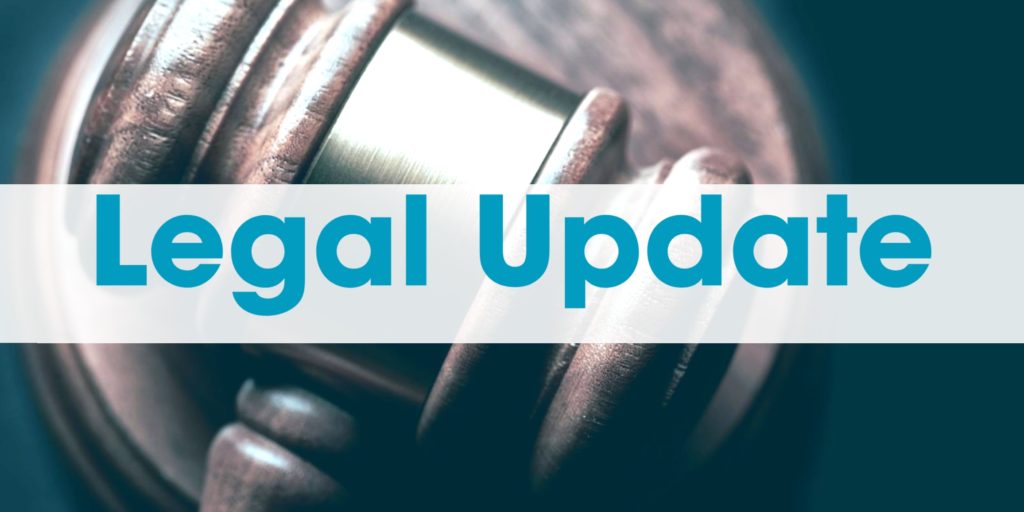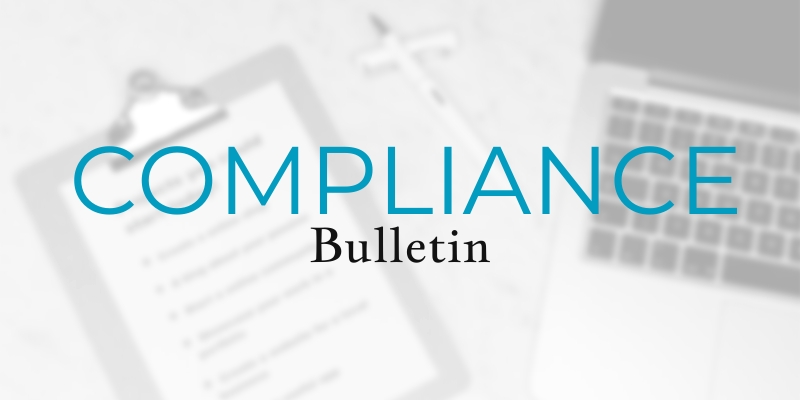
On July 21, 2020, the National Labor Relations Board (NLRB) issued a decision that eases the way for employers to discipline or discharge an employee based on abusive or offensive conduct—such as racist or profane remarks— committed while the employee was also engaged in activities that are protected under the National Labor Relations Act (NLRA).
Uniform Standard
The decision means that, in any NLRB case in which an employee who engaged in abusive or offensive conduct claims he or she was disciplined for NLRA-protected activity, the employer may show that its adverse employment action was lawful by proving that:
- The employee’s protected activity was not a motivating factor in the discipline or discharge; and
- It would have taken the same action even in the absence of the protected activity (for example, by showing consistent discipline of other employees who engaged in similar conduct).
 The U.S. Department of Labor (DOL) has issued questions and answers (Q&As) on when federal contractors must include Service Contract Act (SCA), Davis- Bacon Act (DBA) or Executive Order (EO) 13706 fringe benefits—or their monetary equivalent—for workers taking leave under the Families First Coronavirus Response Act (FFCRA).
The U.S. Department of Labor (DOL) has issued questions and answers (Q&As) on when federal contractors must include Service Contract Act (SCA), Davis- Bacon Act (DBA) or Executive Order (EO) 13706 fringe benefits—or their monetary equivalent—for workers taking leave under the Families First Coronavirus Response Act (FFCRA).


 On Aug. 17, 2020, a federal district court granted an injunction blocking a Department of Health and Human Services (HHS) regulation that would have allowed health care and insurance discrimination based on sex stereotyping, gender identity and pregnancy-related conditions.
On Aug. 17, 2020, a federal district court granted an injunction blocking a Department of Health and Human Services (HHS) regulation that would have allowed health care and insurance discrimination based on sex stereotyping, gender identity and pregnancy-related conditions. Everyone knows that name-calling, teasing and other bullying behavior is unwelcome in the workplace.
Everyone knows that name-calling, teasing and other bullying behavior is unwelcome in the workplace.